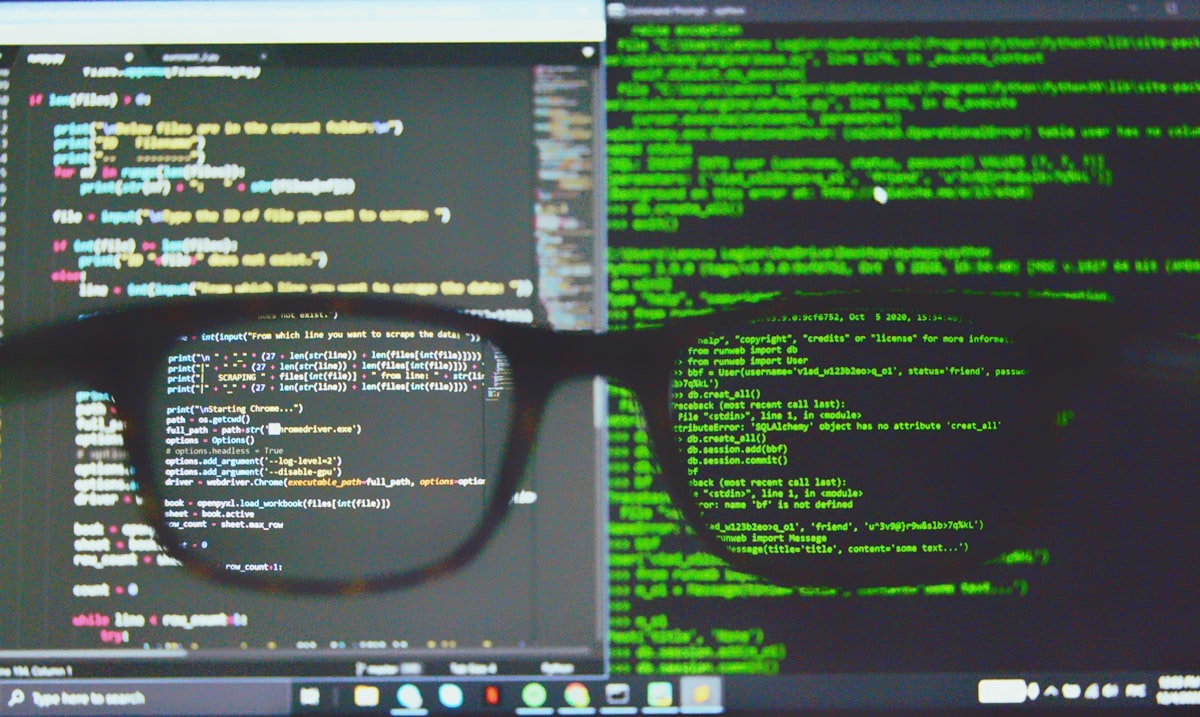Python Programming Interview Questions: Ace Your Next Interview

Acing Your Next Python Programming Interview
Python is one of the most popular programming languages today, and it's a great language to learn if you're looking to get into programming. Interviewers love to ask Python programming interview questions, so knowing the language and being prepared for this type of interview can give you a competitive edge. Here are some of the most common Python programming interview questions and tips for how to answer them.
1. What is the Difference Between Lists and Tuples?
One of the most common Python programming interview questions is the difference between lists and tuples. Lists are mutable objects that allow you to add, change, and delete elements, while tuples are immutable, meaning you can’t change them once they’ve been created. Lists are great for storing and manipulating data, while tuples are more useful for storing data that doesn’t need to be changed, such as dates or coordinates.
2. What is the Difference Between the append() and extend() Methods?
The append() and extend() methods are two of the common methods used in Python programming and can be used to add items to lists and other objects. The append() method adds an item to the end of a list and returns the list, while the extend() method adds multiple items to the end of a list and returns the list. For example, if you have a list of numbers and you want to add a new number to the end, you would use the append() method. If you want to add multiple numbers, you would use the extend() method.
3. What is the Difference Between a Dictionary and a Set?
Another common Python programming interview question is the difference between a dictionary and a set. Dictionaries are an unordered collection of key-value pairs, where each key is unique and must be of an immutable type like a string or number. Sets are an unordered collection of unique elements and are also immutable. Dictionaries are useful for storing and manipulating data, while sets are more useful for quickly checking if an element is present or not.
4. What is the Difference Between a Generator and a List Comprehension?
Generators and list comprehensions are two different ways of creating a sequence of values in Python programming. Generators are created using the yield keyword and are used to create an iterator that can be used to iterate over the values in the sequence. List comprehensions are created using a combination of the for and if keywords and are used to create a sequence of values in a single line of code.
5. What is the Difference Between a Function and a Method?
A function is a piece of code that takes one or more arguments and returns a value. A method is a special type of function that is associated with an object and can be invoked directly on the object itself. Functions are generally used for tasks that may be useful in multiple contexts, while methods are generally used for tasks that are specific to the object type.
6. How Would You Debug a Python Program?
Debugging a Python program can be a tricky process, but there are some tools that can help. The Python debugger (pdb) is a powerful command-line tool that can be used to step through code line-by-line, inspect variables, and set breakpoints. Other tools such as pylint and pytest can also be used to find and fix errors in code.
Conclusion
Python programming interview questions can be tricky, but having a good understanding of the language and being prepared for these types of questions can give you a competitive edge. Knowing the differences between lists and tuples, append() and extend() methods, dictionaries and sets, generators and list comprehensions, and functions and methods can be very helpful. Being able to debug your code is also important and there are many tools that can help with this process.
